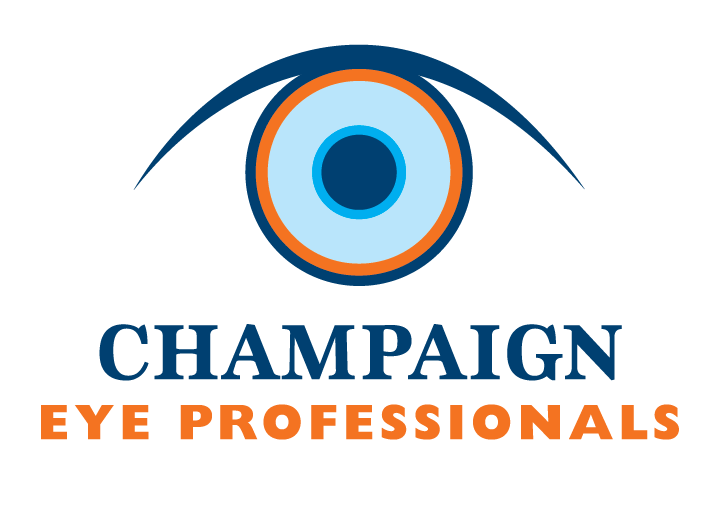Six Signs Your Grade Schooler Needs to See the Eye Doctor
Kids need to see the eye doctor periodically to ensure that they have good vision. Children in school need good vision to see the whiteboard, participate in class lessons and read their books. If your child needs vision correction and doesn’t get help from an eye doctor, this could lead to poor school performance and a negative attitude toward learning. Below are the signs that your child needs to see the eye doctor in Champaign, IL.
Symptoms of Eye Trouble in Children
There are many signs that your child needs to see the eye doctor. Here’s what to watch for:
- Squinting. Squinting limits how much light enters the eye and focuses light in the center of the retina. Some children squint because it can have the same effect as wearing glasses.
- Sitting close to TV or white board. Your child may be choosing a seat near the front of the classroom so they can see clearly.
- Struggles with reading. If your child struggles to track words across the page, or if your child has low stamina for reading, this could be a sign that your child needs glasses.
- Frequent headaches. Straining to see can cause headaches, so if your child gets headaches frequently, this could be a sign of vision trouble.
- Rubs eyes often. Your child may be rubbing their eyes to rub the poor vision away – this is a common method children use to resolve their problem.
- Closes one eye to see things up close or far away. If your child has a vision problem, one eye may be stronger than the other. If this is the case, they may be closing their eyes to use their stronger eye.
Noticing Signs of a Vision Problem? Bring Your Child to the Eye Doctor
If you believe your child needs to see the doctor for an eye exam in Champiagn, IL, contact Champaign Eye Professionals to make an appointment.
Sources





